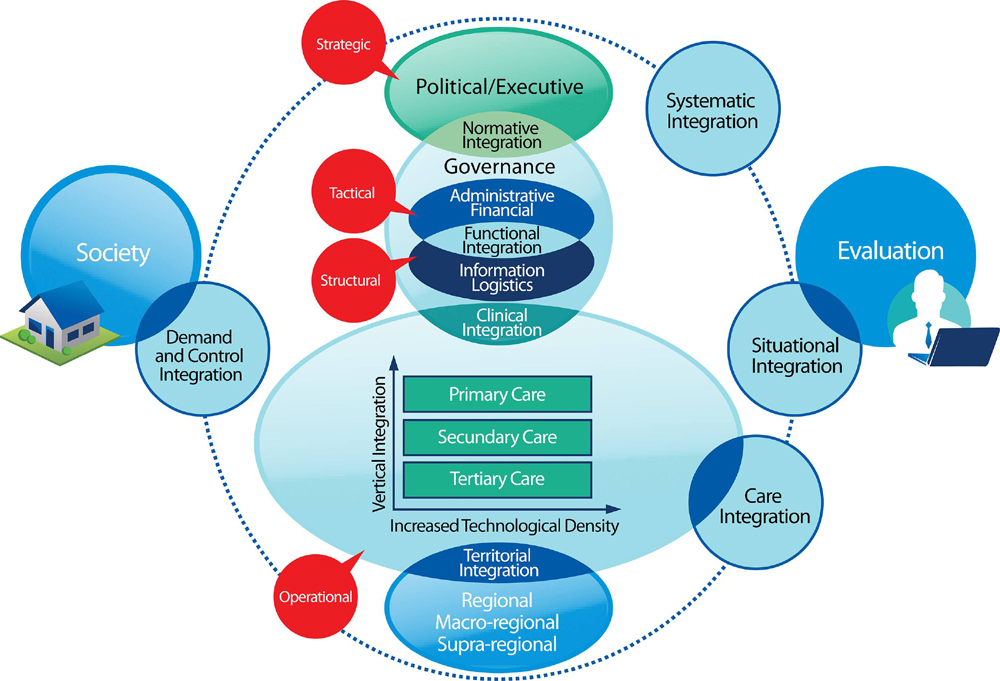Initial Integration of Chiropractic Services into a Provincially Funded Inner City Community Health Centre: A Program Description
Initial Integration of Chiropractic Services into a Provincially Funded Inner City Community Health Centre: A Program Description
SOURCE: J Can Chiropr Assoc 2015 (Dec); 59 (4): 363–372
| OPEN ACCESS |
Steven R. Passmore, DC, PhDm Audrey Toth, DC, Joel Kanovsky, DC. Gerald Olin, BSc, DC
University of Manitoba,
College of Rehabilitation Sciences;
University of Manitoba,
Faculty of Kinesiology & Recreation Management.
Background: The burden of fees for chiropractic services rendered often falls on the patient and must be provided out-of-pocket regardless of their socioeconomic status and clinical need. Universal healthcare coverage reduces the financial barrier to healthcare utilization, thereby increasing the opportunity for the financially disadvantaged to have access to care. In 2011 the Canadian Province of Manitoba initiated a pilot program providing access to chiropractic care within the Mount Carmel Clinic (MCC), a non-secular, non-profit, inner city community health centre.
Objective: To describe the initial integration of chiropractic services into a publically funded healthcare facility including patient demographics, referral patterns, treatment practices and clinical outcomes.
Method: A retrospective database review of chiropractic consultations in 2011 (N=177) was performed.
Results: The typical patient referred for chiropractic care was a non-working (86%), 47.3 (SD=16.8) year old, who self-identified as Caucasian (52.2%), or Aboriginal (35.8%) and female (68.3%) with a body mass index considered obese at 30.4(SD=7.0). New patient consultations were primarily referrals from other health providers internal to the MCC (71.2%), frequently primary care physicians (76%). Baseline to discharge comparisons of numeric rating scale scores for the cervical, thoracic, lumbar, sacroiliac and extremity regions all exceeded the minimally clinically important difference for reduction in musculoskeletal pain. Improvements occurred over an average of 12.7 (SD=14.3) treatments, and pain reductions were also statistically significant at p<0.05.
There is more like this @ our:
INTEGRATED HEALTH CARE Section and the:






